Learning
Interested in learning more about sound and soundscape ecology? Check out these resources from Purdue University and others.
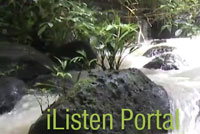
iListen.org
Calling all future soundscapers! Visit the iListen Portal and meet real soundscape ecologists, listen to soundscape recordings, and learn the tools and skills you need to participate in 3 iListen research missions. Designed for grades 5–8; fun for all ages.
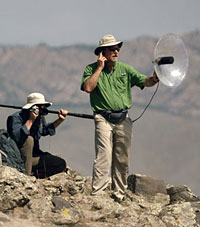
Why Record Soundscapes?
Soundscape ecology is a growing field of research that uses sound to track how ecosystems change over time. At the Center for Global Soundscapes at Purdue, Bryan Pijanowski and his team of researchers are collecting hours of sound at locations like the Alaskan tundra and a rainforest in Borneo. By analyzing the recordings, they can reveal changes in each ecosystem that we might not otherwise be able to see. Want to learn more? Visit the Center for Global Soundscapes to learn more.
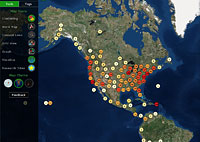
Listen to Sample Soundscapes
Over 2,400 participants, more than 4,500 soundscapes... and the number keeps growing. Visit Record the Earth to hear recordings collected from around the world. Map out the places where there are soundscapes that make people happy.
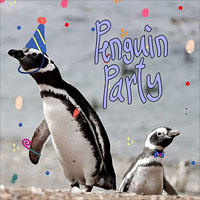
Hear Scientists’ “Favorite” Recordings
Purdue scientists have found some amazing sounds in their research files including “My Car Won’t Start,” “Howler Monkey, God of Thunder,” and “Penguin Party.” Listen, like, and share them with others!
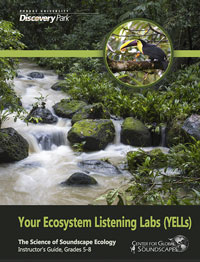
Your Ecosystem Listening Labs (YELL)
Instructor’s Guide
Explore the science of soundscape ecology with inquiry-based lessons for grades 5–8. Designed for classrooms and informal learning settings, activities explore the physics of sound, animal communication, and sound observation and analysis skills. Aligns with Next Generation Science Standards.
Sample activities from YELL guide
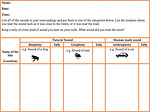
Sound Walk
Take a sound walk and learn how to identify sounds in your surrounding soundscapes. (45 minutes, outdoors, small group)
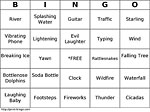
Sound Bingo
Listen to recordings and identify different sounds; then categorize sounds by their source – biophony, geophony, and anthrophony. (45 minutes, indoors, large group)
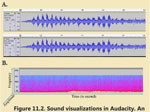
Sound Visualization
Learn how sound can be visualized through oscillograms and spectrograms using free sound editing and visualization software. (60‑90 minutes, indoors, small group)
Additional Resources
- Listen to the Earth – TEDxArendal
The sounds of the Earth tell Bryan Pijanowski, soundscape ecologist, stories about how it is changing. Sounds from the tops of mountains, from our glistening oceans, to the planet’s oldest forest, contain haunting information about the condition of Earth. (16:19 min.) - NOVA: Soundscape Ecology
This brief video from NOVA explains soundscape ecology through an interview with soundscape ecologist Dr. Bryan Pijanowski. (3:26 min.) - CNN: Listening for the Amphibian Apocalypse
Soundscape ecologist Bryan Pijanowski and his team set up microphones to listen for the sounds of extinction. (5:40 min.) - Scientists are recording the sound of the whole planet
Researchers are listening to everything from airplanes to bat calls in order to learn more about the state of the environment - NPR: Listening To Wild Soundscapes
Ecologist Bryan Pijanowski and bioacoustician Bernie Krause discuss what we can learn from listening to natural soundscapes. (22:57 min.) - BBC Radio: Acoustic Ecology
Peter Gibbs asks whether sound could become a vital tool in conservation, helping us understand far more about how wildlife interacts and how it is affected by changes in the environment. - Science Friday: Recording the Global Soundscape
What is the sound of your local environment? How does it make you feel? How will it sound in the future? Ecologist Bryan Pijanowski is looking to answer these questions and create a soundscape of every ecosystem on the planet through the Global Soundscapes project. (9:50 min.)